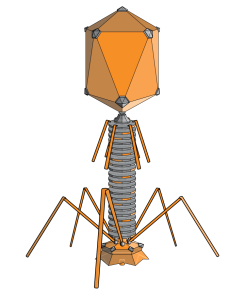Ever wonder why fruits and vegetables sometimes hit the shelves contaminated by pathogenic bacteria such as listeria, E. coli, and salmonella?
According to Tim Lu, an assistant professor of electrical engineering and biological engineering at MIT, it boils down to the inefficient bacteria- detection assays used in the food industry. In some cases, these aren’t accurate or speedy enough — sometimes taking several days to catch contaminated produce.
detection assays used in the food industry. In some cases, these aren’t accurate or speedy enough — sometimes taking several days to catch contaminated produce.
But now Lu’s startup, Sample6, is commercializing an advanced assay platform that “lights up” pathogenic bacteria for quick detection, with the ability to detect only a few bacteria.
Based on Lu’s graduate school research at MIT, the assay uses biological particles called bacteriophages, or phages, which only target bacteria. In Sample6’s case the assay is engineered to inject pathogenic bacteria — specifically, listeria — with an enzyme that reprograms the bacteria to shine very brightly.
To use the commercial assay, called the Bioillumination Platform, factory workers simply swab samples with a sponge, wait for the phages to do their work, and run the sample through a machine that detects any light emitted. Results can be plugged into the company’s software, which tracks contaminated products and can provide analytics on whether contamination correlates with certain days, people, or suppliers.
